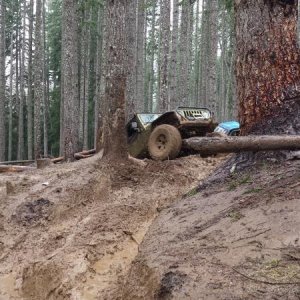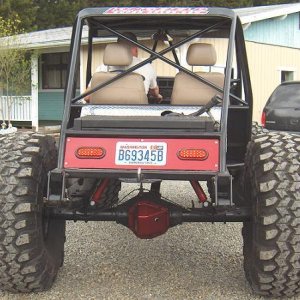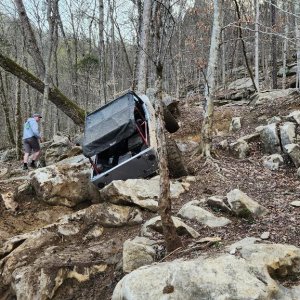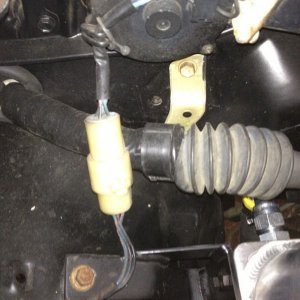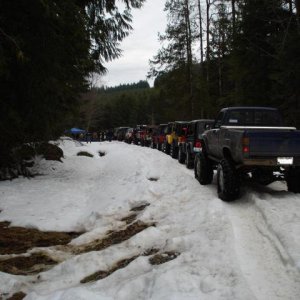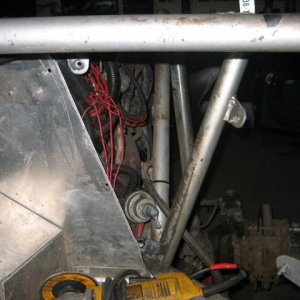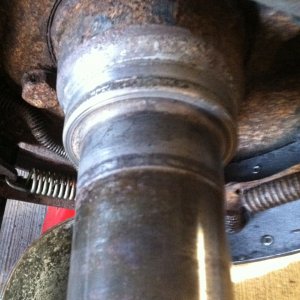mckeddie
Well-Known Member
- Joined
- Feb 7, 2008
- Messages
- 599
Thinking of things I'm gonna do to the new buggy while I'm prepping to wheel it. ITs rear engine, so I'm thinking of putting in water in the fronts.
My simple dumbass question first, how do I get the water in the tires? It's got new racelines. I'm thinking pull the rings, and add water. Reinstall rings and add water. I'm thinking fill the 37's half way to start.
2ndly, how much added stress does the water add to the front end?
My simple dumbass question first, how do I get the water in the tires? It's got new racelines. I'm thinking pull the rings, and add water. Reinstall rings and add water. I'm thinking fill the 37's half way to start.
2ndly, how much added stress does the water add to the front end?



